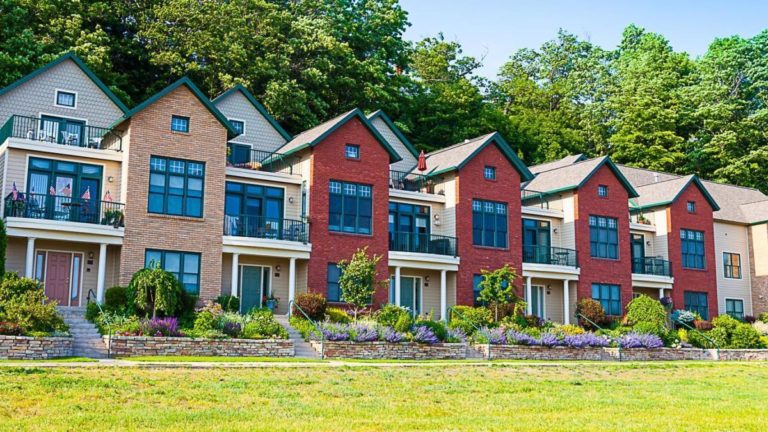Housing affordability is one of the main problems faced by low and middle income Americans, and ADUs appear to be the way in which many cities and homeowners are creating more affordable rentals, expanding their existing properties.
One of the benefits of the construction of these kinds of units is that basically, they increase housing stock without changing neighborhoods’ landscapes dramatically. Over the last few years, permits and regulations have increased, making ADUs even easier to build. More and more cities are relaxing regulations and removing requirements and restrictions.
Only in California, the number of permits issued grew from 1.5K to almost 15K from 2016 to 2019. These numbers can prove to become higher during this and next years due to new laws aimed to promote this type of construction.
What are the top benefits of ADUs? Affordability and flexibility
Accessory Dwelling Units emerged around 1950 even when discouraged by zoning codes. Even if they still represent a very small percentage of the housing stock, this number has reached a solid 7% of active for sale listings during 2019.
It is agreed that granny flats, garage apartments or ADUs will not represent the top solution to America’s affordable housing crisis in the short term, especially since they are usually built at an individual level.
ADUs are often seen as a good option for the elder, aging parents, among others, who can live on the same piece of land as their relatives. They enhance affordability for people that are renting, and can even help lower income homeowners to rent a part of their property, making them able to pay for mortgage or save some extra money.
The more permits allowed every year should lead to another important breakthrough for this type of construction. Bank loans. The main reason they are not entirely encouraging these additions are because they are not as reliable as multi-family buildings.
Experts are trusting the next few years will be key as to the amount of permits issued, and laws approved that include Accessory Dwelling Units as a fully regulated type of building, and allow it to become the solution to affordable housing it promises to be.







